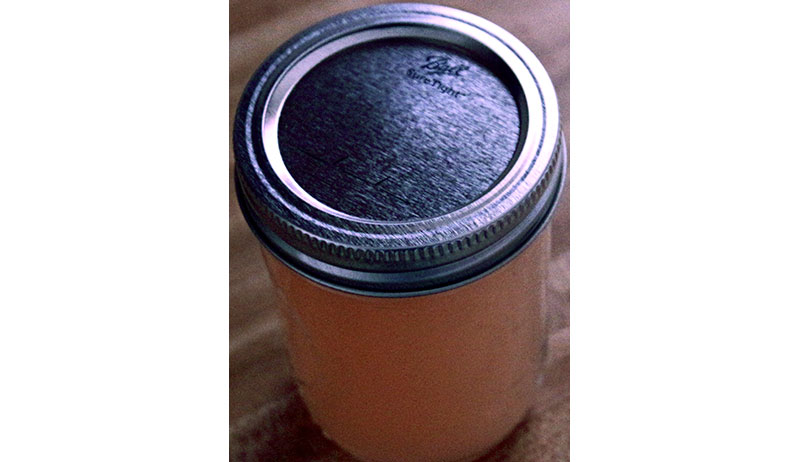
I grew up in a large household where food was made from scratch. In the summer my mother canned homemade blackberry jam using blackberries we raised in our front yard.
And as an adult, I find it difficult to purchase processed goods with ingredients developed in a lab. Many of these are derived from petrochemicals, with more ingredients than would be used by a home chef. Most also have preservatives other than salt.
So I decided to take matters into my own hands. I returned to my roots.
The first jam I made as an adult was a blackberry jam. I didn’t add pectin, however. But as I began to incorporate foraged flowers and buds, foraged fruit with low amounts of pectin and medicinal herbs into my homemade jams and jellies , I ran into a dilemma.
I needed more pectin to get the right consistency.
I went to a local grocery chain to buy some but was dissatisfied with the ingredients. So I went to a health food store and read their ingredients. But I did not care for them either.
I left frustrated but wasn’t ready to give up. So I did some research and learned that under-ripe fruit—like green apples, lemons (the seeds and skin have the most), blackberries and crabapples—have high amounts of pectin.
I found that I could make pectin from scratch and began making my own homemade apple pectin.
Check out this recipe for homemade strawberry jalapeño jam.
You can make homemade apple pectin, too. You’ll need the following:
Ingredients
- 2-5 lb. organic, certified naturally grown, chemical-free or biodynamic tart apples
- Freezer-safe glass bowl or freezer-safe Ball Mason jar
- < 1 gallon Spring water or de-chlorinated municipal water
- Medium or large heavy-bottomed pot
- Cutting board
- Mesh stainless steel strainer or stainless steel colander with muslin cloth sharp
- Fruit & vegetable knife

Directions
Here are the steps I follow to make homemade apple pectin:
- Go to your local farmers market or preferred grocery store and purchase organic, certified naturally grown (CNG), chemical-free or biodynamic tart (think Granny Smith) apples.Crabapples and under-ripe apples from the orchard on your homestead or a neighbor also work well. If local apples are in season, you can use them in place of purchased apples.Ideally, you should use small apples. They have more pectin than larger ones.
- Wash the apples in running water and let them dry completely.
- Using a fruit and vegetable knife and cutting board, quarter and cube the apples. Do not remove the seeds, skin, core, or stem—most of the pectin is there!
- Place the apples into a medium (for 2 pounds) or large (for 5 pounds or more) heavy-bottomed pot. Add enough spring or de-chlorinated tap (left to sit uncovered for 24 hours or more) water to cover the apples. Bring to a boil.
- When the apples are tender, remove the pot from the burner. Strain the apples using a mesh stainless steel strainer or stainless steel colander with muslin cloth. Let it sit for a minimum of four (4) hours or overnight—the longer they sit the more pectin you get.You can use leftover apple mush to make apple scrap vinegar. Or you can compost it or feed to animals on your homestead.
- Pour the extracted juice into a clean pot. Bring to a boil and cook until it is reduced by half.
- Remove your pot from the burner and do one of the following:
- Freeze your apple pectin (it is good for six months) in a freezer-safe glass bowl or freezer-safe Ball Mason jar.
- Refrigerate your pectin for up to five days.
- Water-bath can and store it in a dark place for up to one year.
- Go ahead and make your first batch of jam or jelly with homemade apple pectin. Then freeze, refrigerate or can the leftover apple pectin.

The homemade apple pectin I make is lighter in color than the apple pectin that you may find elsewhere on the internet. However, it does work.




